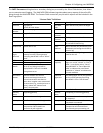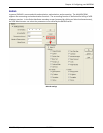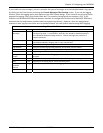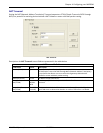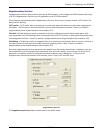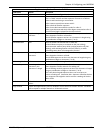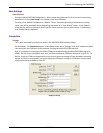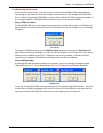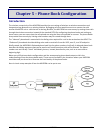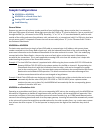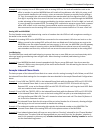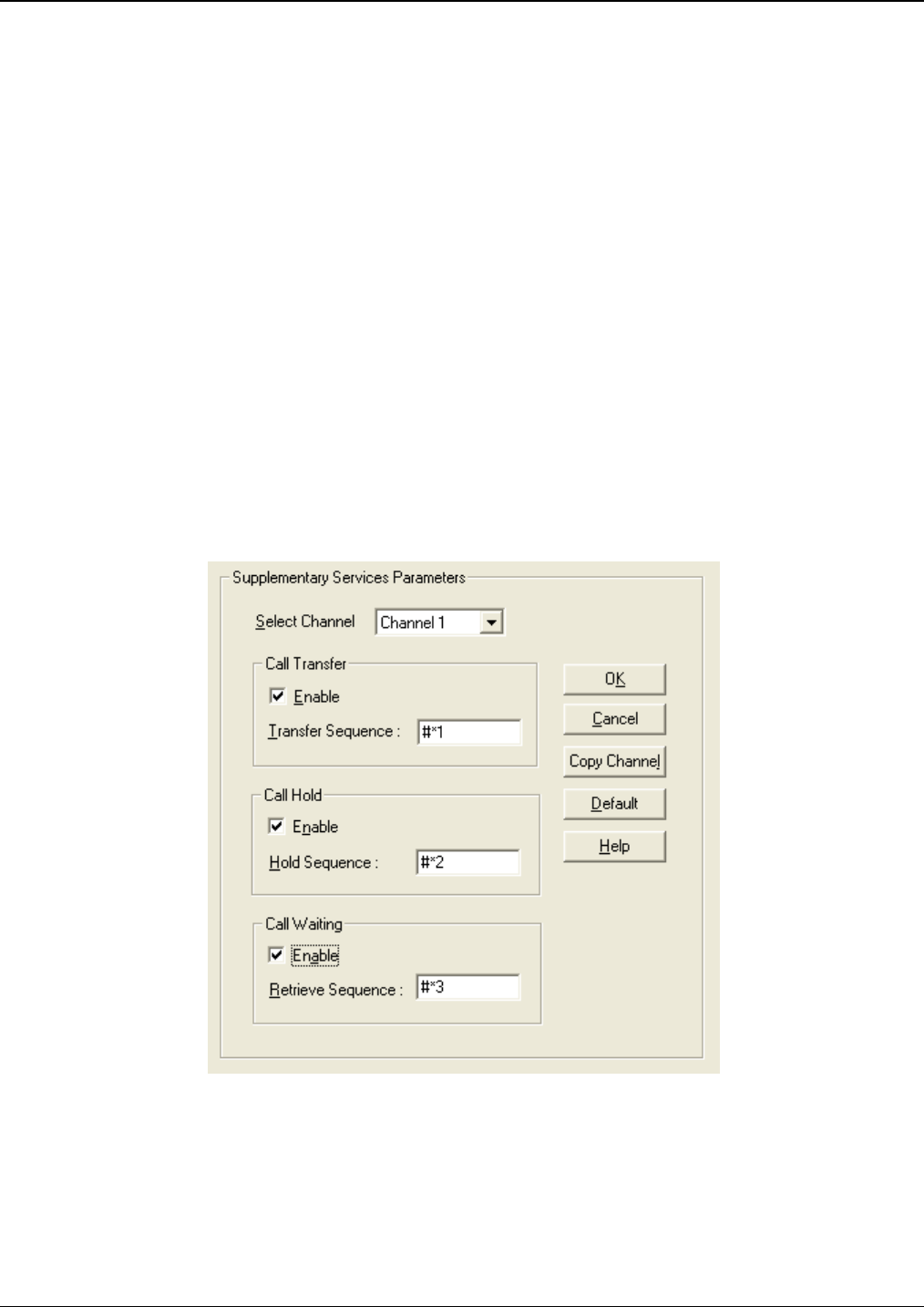
Chapter 4: Configuring your MVPGSM
Multi-Tech Systems, Inc. MVPGSM 48
Supplementary Services
Supplementary Services features derive from the H.450 standard, - even though the H.450 standard refers only
to H.323, Supplementary Services are still applicable to the SIP VOIP protocols.
Of the features implemented under Supplementary Services, three are very closely related: Call Transfer, Call
Hold, and Call Waiting.
Call Transfer. Call Transfer allows one party to re-connect the party with whom they have been speaking to a
third party. The first party is disconnected when the third party becomes connected. Feature is used by a
programmable phone keypad sequence (for example, #*1).
Call Hold. Call Hold allows one party to maintain an idle (non-talking) connection with another party while
receiving another call (Call Waiting), while initiating another call (Call Transfer), or while performing some other
call management function. Feature is used by a programmable phone keypad sequence (for example, #*2).
Call Waiting. Call Waiting notifies an engaged caller of an incoming call and allows them to receive a call from a
third party while the party with whom they have been speaking is put on hold. Feature is used by a
programmable phone keypad sequence (for example, #*3).
Note that Supplementary Services parameters are applied on a channel-by-channel basis. However, once you
have established a set of supplementary parameters for a particular channel, you can apply this entire set of
parameters to another channel by using the Copy Channel button and its dialog box - to copy a set of
Supplementary Services parameters to all channels, select “Copy to All” and click Copy.
Supplementary Services
The Supplementary Services fields are described in the tables below.





